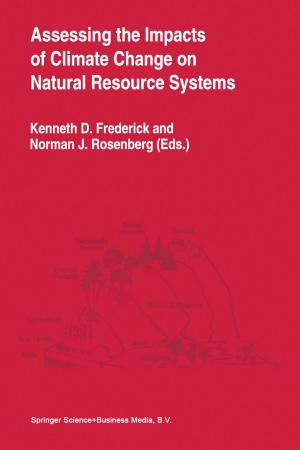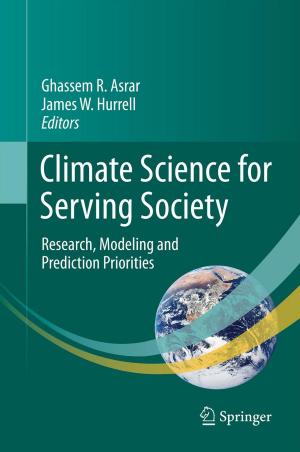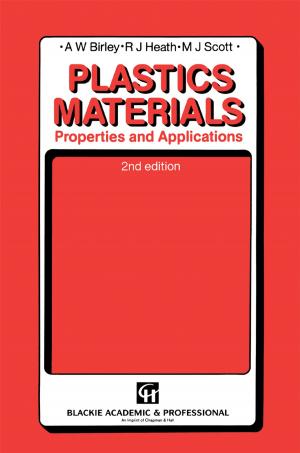Instrumentation Between Science, State and Industry
Business & Finance, Management & Leadership, Management Science, Nonfiction, Science & Nature, Science, Physics, General Physics| Author: | ISBN: | 9789401090322 | |
| Publisher: | Springer Netherlands | Publication: | December 6, 2012 |
| Imprint: | Springer | Language: | English |
| Author: | |
| ISBN: | 9789401090322 |
| Publisher: | Springer Netherlands |
| Publication: | December 6, 2012 |
| Imprint: | Springer |
| Language: | English |
these. In this book, we appropriate their conception of research-technology, and ex tend it to many other phenomena which are less stable and less localized in time and space than the Zeeman/Cotton situation. In the following pages, we use the concept for instances where research activities are orientated primarily toward technologies which facilitate both the production of scientific knowledge and the production of other goods. In particular, we use the tenn for instances where instruments and meth ods· traverse numerous geographic and institutional boundaries; that is, fields dis tinctly different and distant from the instruments' and methods' initial focus. We suggest that instruments such as the ultra-centrifuge, and the trajectories of the men who devise such artefacts, diverge in an interesting way from other fonns of artefacts and careers in science, metrology and engineering with which students of science and technology are more familiar. The instrument systems developed by re search-technologists strike us as especially general, open-ended, and flexible. When tailored effectively, research-technology instruments potentially fit into many niches and serve a host of unrelated applications. Their multi-functional character distin guishes them from many other devices which are designed to address specific, nar rowly defined problems in a circumscribed arena in and outside of science. Research technology activities link universities, industry, public and private research or me trology establishments, instrument-making finns, consulting companies, the military, and metrological agencies. Research-technology practitioners do not follow the career path of the traditional academic or engineering professional.
these. In this book, we appropriate their conception of research-technology, and ex tend it to many other phenomena which are less stable and less localized in time and space than the Zeeman/Cotton situation. In the following pages, we use the concept for instances where research activities are orientated primarily toward technologies which facilitate both the production of scientific knowledge and the production of other goods. In particular, we use the tenn for instances where instruments and meth ods· traverse numerous geographic and institutional boundaries; that is, fields dis tinctly different and distant from the instruments' and methods' initial focus. We suggest that instruments such as the ultra-centrifuge, and the trajectories of the men who devise such artefacts, diverge in an interesting way from other fonns of artefacts and careers in science, metrology and engineering with which students of science and technology are more familiar. The instrument systems developed by re search-technologists strike us as especially general, open-ended, and flexible. When tailored effectively, research-technology instruments potentially fit into many niches and serve a host of unrelated applications. Their multi-functional character distin guishes them from many other devices which are designed to address specific, nar rowly defined problems in a circumscribed arena in and outside of science. Research technology activities link universities, industry, public and private research or me trology establishments, instrument-making finns, consulting companies, the military, and metrological agencies. Research-technology practitioners do not follow the career path of the traditional academic or engineering professional.















